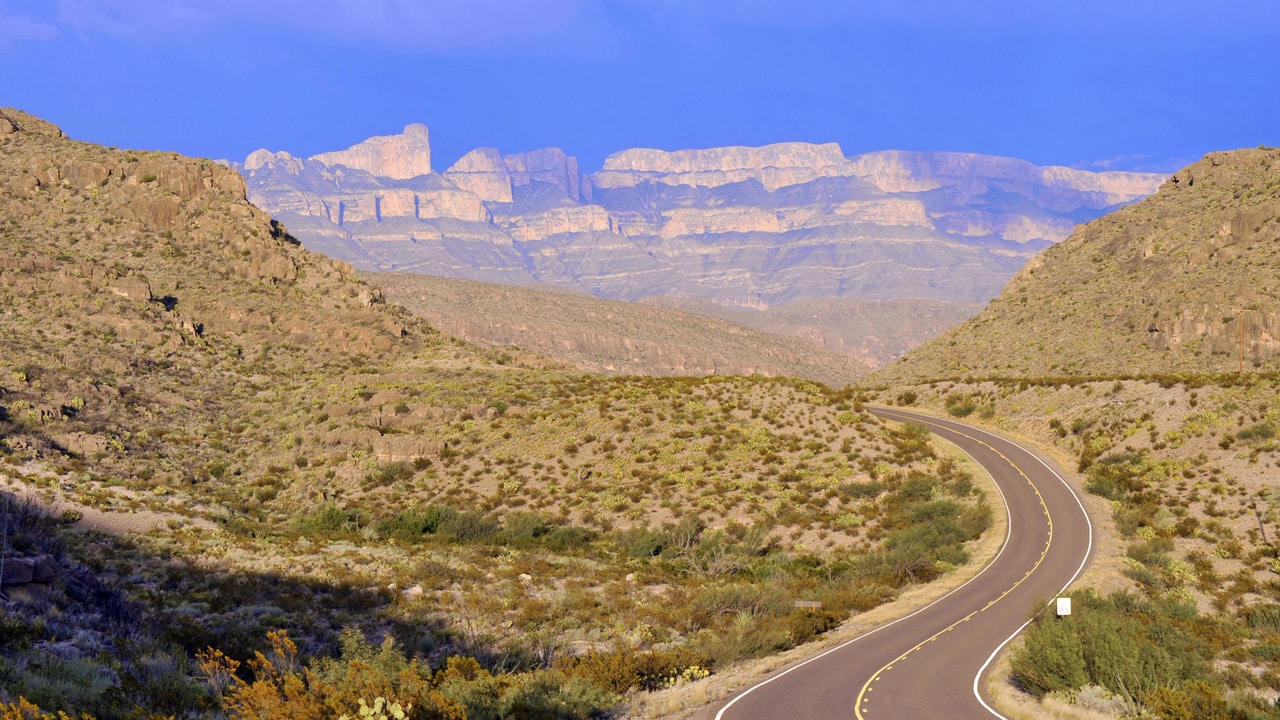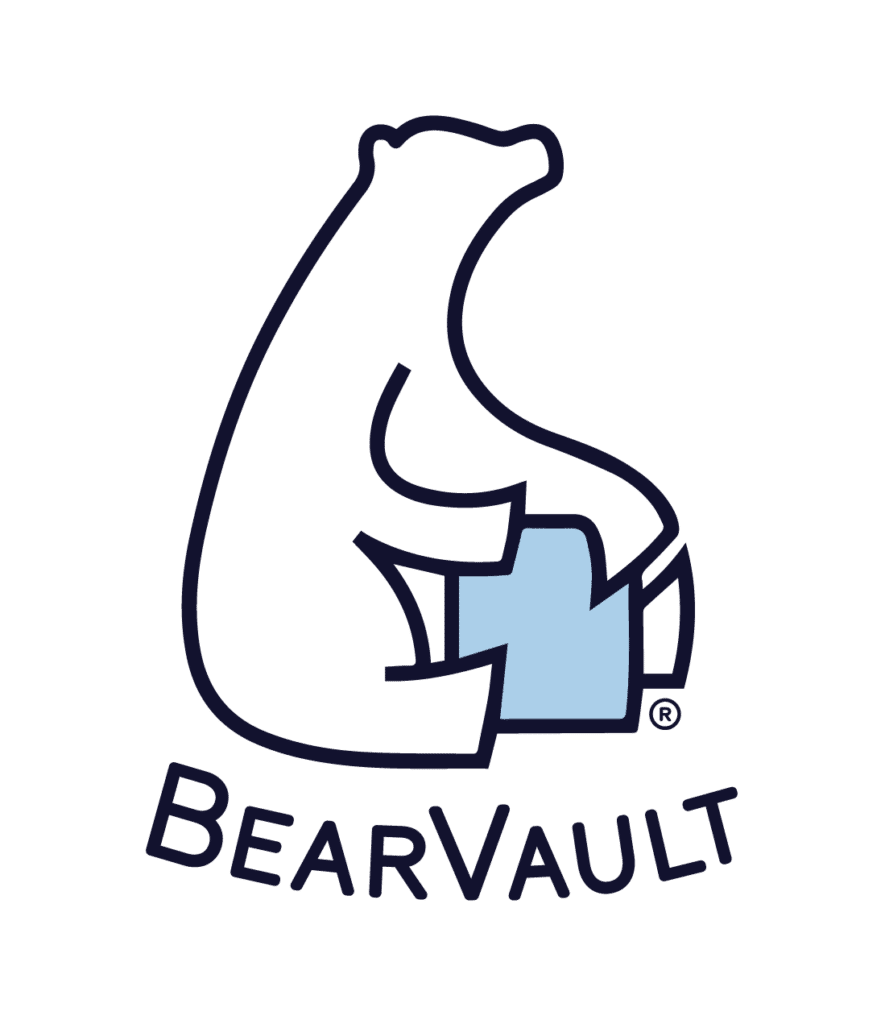Camping in the Desert – What You Need to Know
Camping in the desert may be new to you. If you’re used to packing your bags and heading into the mountains or deep into a forest setting, an arid environment probably doesn’t seem that enticing.
UNLESS…
… you like the spice of variety in your life! If desert camping is new to you, but you’re planning to add it to your list of lived experiences, keep reading. We’ll chat about what you can expect, special safety considerations, and how you should prepare for a truly unique trip.
Is it safe to camp in the desert?
Camping in the desert may include the same basic gear kit, but it’s very different. There are risks specific to the unique ecosystems and atmospheric variances inherent to desert settings. It’s not necessarily MORE risky than mountain or forest camping. Just different. Being aware of those differences and taking the necessary precautions will minimize your chances of finding yourself in a sketchy situation.
So, what are those unique or enhanced risks?
1. Water Scarcity
No matter where you camp, you have to be aware of your water situation. But the reality is that you’re far more likely to lack easily accessed water on a desert camping trip than on a trek in the mountains. Natural sources will be fewer and farther between. Even marked locations on a map may not be dependable. When camping or hiking in the desert, you have to have water on your mind.
2. Wildlife Encounters
Camping in the desert may let you breathe a sigh of relief when it comes to bears (though not entirely… more on that in a bit!), but you’ll have to contend with other critters. Venomous snakes unique to your region and scorpions are of primary concern. And if you don’t handle spiders well, tarantulas may sour your experience, although they’re generally harmless.
3. Extreme Weather
You always have to be weather-aware. But in desert situations, it’s easy to be lulled into passivity and get caught by surprise. Flash floods can change a landscape quickly, and you don’t even have to be where the rain is falling to get caught by one. It can also get surprisingly cold overnight, with temperatures dropping in stark contrast to the heat of the day.

4. Sun Exposure
In a similar vein, the direct sun in a desert’s topography can cause intense burns in a short amount of time. Much of your desert experience won’t provide shade, similar to a high-altitude hike. When on bare ground, the light often reflects up at you and can intensify the effect.
Special Safety Tips for Camping in the Desert
To counteract these risks, take extra steps to protect yourself.
- Be prepared to carry more water than normal on hikes. If driving to your campsite, bring all the water you’ll need for the duration of your stay. Have a way to purify water from any natural sources you may find and want to use.
- Protecting your food stash is always important, no matter what predators or varmints may be in your location. In the desert, coyotes, foxes, and mice are your primary concerns. But that’s not to say that larger predators aren’t out there. In recent years, housing and business developments encroaching on the more mountainous regions of black bear habitats have pushed them into new territory. This news story from 2022 speaks of multiple bear sightings in and around the Mojave Desert.
- Always check the forecast for not only your destination but also the surrounding area. Avoid low-lying campsites, gullies, and canyons to nullify the risk of being caught in a flash flood. Pack for lower-than-expected temperatures at night and higher-than-expected temperatures during the day.
- Bring plenty of sunblock and wear a rash guard, hat, and sunglasses. Having a topical ointment to treat any burns is a good idea, too! Be sure to include these creams in your safe food storage plan since they can attract curious wildlife.
Some extra steps are all it takes to have a good time on your desert camping trip!

What Do You Need for Camping in the Desert?
Your desert camping gear list should include not only the basics but also some special considerations. Of course, camping is a highly individualized activity. Check out this list of suggestions and personalize your own setup!
- Tent
- Sleeping pad
- Sleeping bag/quilt
- Camp stove and fuel
- Meals and snacks
- Food storage, like a BearVault, to protect from critters
- Utensils, cooking vessels, cups, etc…
- Water (as much as you can bring)
- Water purification options, like tablets, a filtration system, or UV light
- Sunscreen, burn ointment, rash guard, hat, sunglasses
It might be tempting to consider yourself free and clear from the threat of bear activity. But, like I mentioned before, you really can’t count it out.
Are the bears in the desert?
Black bear territory stretches into the desert regions of southern California, west Texas, and New Mexico. Two specific subspecies of black bears, the Mexican Black Bear and the New Mexico Black Bear, are associated with the arid regions of the southern states.
Because of that, it’s important to include a bear-proof canister in your packing list. You should also consider keeping bear spray handy, just in case.
Where can you camp in the desert?
Arizona and California are both popular options, but they’re just the tip of the iceberg… which is ironic considering how hot they get. Get it? All joking aside, though, there are so many desert destinations to explore!
Many national parks and forests are in arid regions and count as ‘deserts’. From Arches in Utah to Big Bend in Texas, the western half of the United States has deserts sprinkled throughout.
Within these parks and forests, you’ll find developed campsites available for use. Sometimes, these can be reserved and require a fee, but others will be on a first-come-first-serve basis. Be sure and research your specific destination.

Leave No Trace in Deserts
Desert ecosystems are incredibly fragile. Traces left by visitors take longer to disappear than in more fertile regions, and there are special considerations to address.
- Cryptobiotic crust is critical to controlling erosion and providing nutrients to plant life. Unfortunately, a single step crushes this crust and often leads to a domino effect when the next rainfall occurs. Staying on developed or natural trails ensures this crust is left alone to preserve the health of the region.
- Fuel is scarce, and cutting down plant life to feed a fire can leave a scar that takes decades to heal. Campers should depend on their stoves for cooking and check with local requirements regarding purchasing wood for firepit use.
- Desert environments call for a pack-it-out mindset for trash and human waste alike. The microorganisms that break down waste simply aren’t present in arid soil, and it can take up to a year to eliminate the risk of your ‘deposit’ being washed into and contaminating a natural water source.
- Since water is scarce, gathering from natural sources should be done with full consideration of the impact on wildlife. Take only what you need and don’t waste it by swimming or bathing. Avoid dusk and dawn activity near the site to allow animals to continue their natural behavioral patterns.
Enjoying the desert respectfully will ensure its profound natural beauty continues to be available for future generations.
What’s special about camping in the desert?
For many, the desert holds a special quality and beauty. The expansive night sky and one-of-a-kind topography of Moab, the Mojave, or Sedona make for truly unique experiences.
It’s great to have a favorite destination, and there’s certainly nothing wrong with sticking with it during precious time away from the demands of life! But if you’re looking to expand your horizons and try something new, consider camping in the desert. With realistic expectations, I doubt you’ll be disappointed.
Author Profile

Jessica Cockroft
Jess merges her passion for words and an insatiable longing for adventure as an outdoor freelance content writer and marketer. When she’s not busy stringing words together you’ll probably find her planning another camping trip for her crew of kids or taking care of the homestead. You can find her on LinkedIn and Instagram, as well as on her own website.




